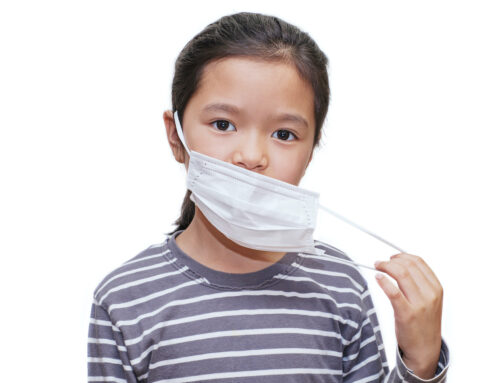In today’s fast-paced, 24-hour world, it is not uncommon to feel stressed, tense, and overwhelmed. Balancing the multiple demands of work and life sometimes seems impossible, and can leave us feeling as though there just aren’t enough hours in the day. Sadly, these feelings are also becoming increasingly familiar to teenagers and adolescents. A 2014 study conducted by the American Psychological Association (APA) indicated that teens are reporting stress levels comparable to adults. The APA study also found that many teens acknowledged that their stress frequently reached “unhealthy” levels and reported feeling as though the amount of stress in their life was increasing.
Anecdotally, many teenagers who present in therapy describe themselves as strained and overwhelmed. Additionally, parents often admit concerns about the impact of stress on their children’s well-being. Given these concerns, it is important for us to be able to recognize unhealthy levels of stress, educate ourselves about the various stressors affecting teens today, understand more about the impact of stress on mental health, and learn about ways to help teens cope with or reduce stress.
In order to begin to discuss these issues, we need a clear understanding of what stress is and how it functions. Although there are many ways to define stress, The American Institute of Stress suggests that it is commonly thought of as: “physical, mental, or emotional strain or tension,” and/or “a condition or feeling experienced when a person perceives that demands exceed the personal and social resources the individual is able to mobilize.” In the next installment in this series, we will explore the different types of stress and their impact on daily life for today’s teens.
Resources:
http://www.apa.org/news/press/releases/2014/02/teen-stress.aspx
The American Institute of Stress: http://www.stress.org/daily-life/





